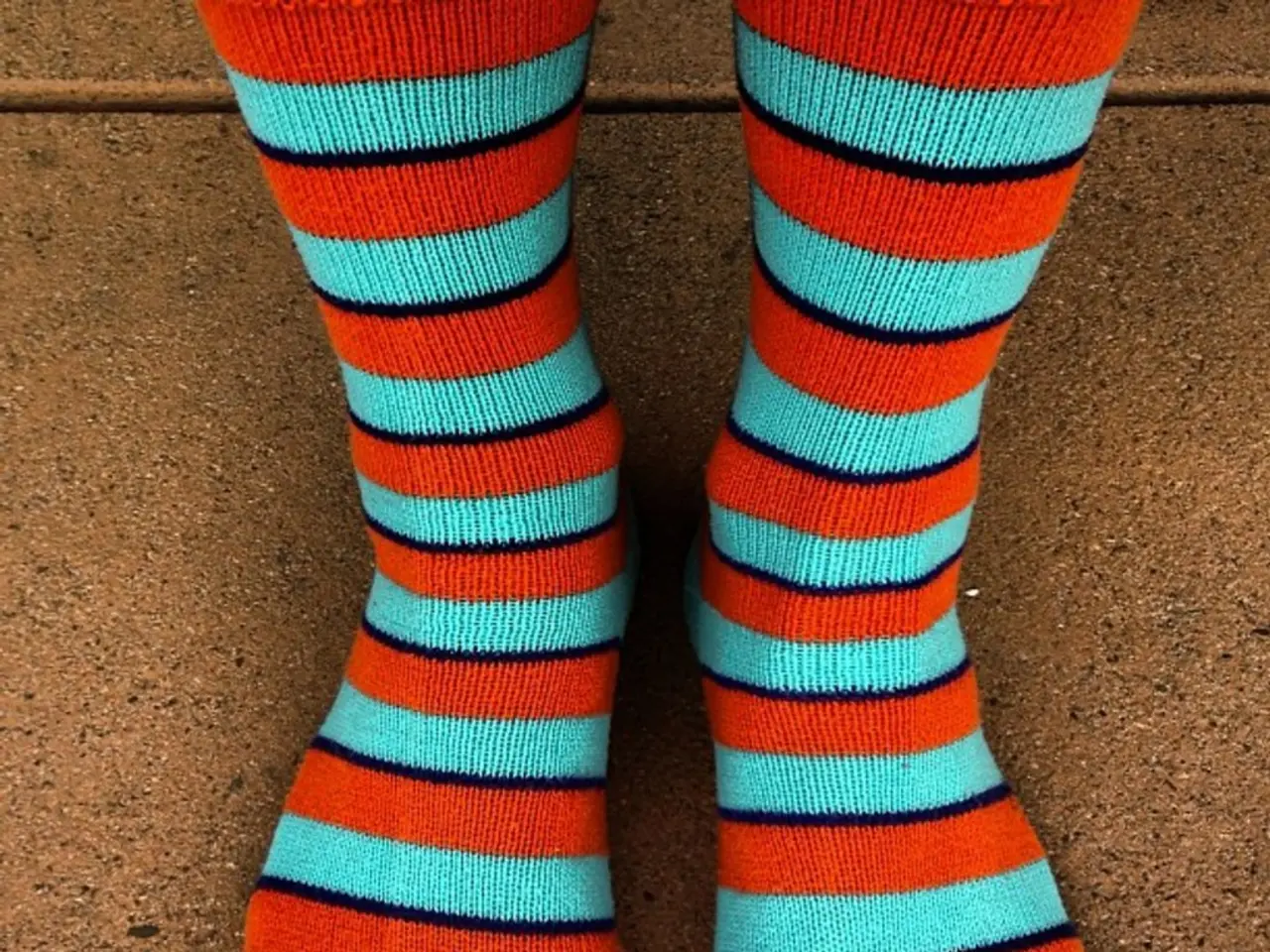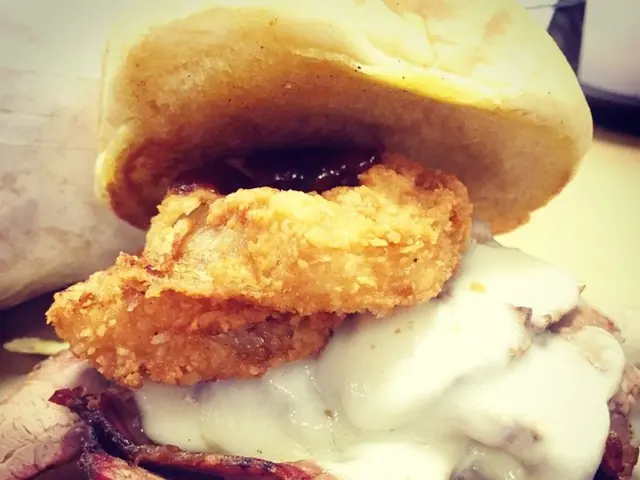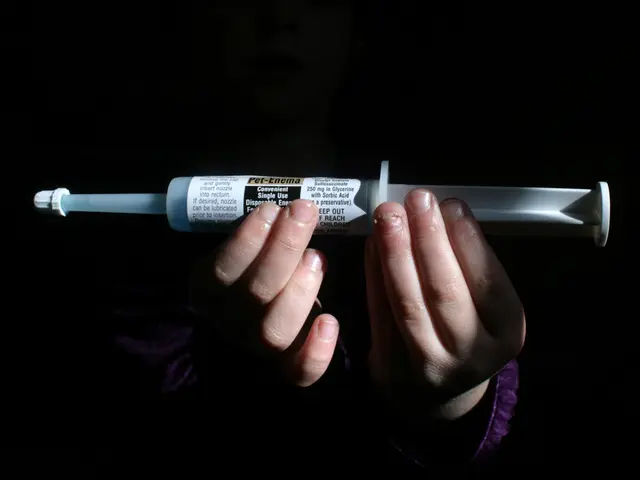Guidance for Low Blood Pressure Cases: Managing Hypotension Issues
Low blood pressure, or hypotension, is a condition that often goes unnoticed, yet it can be a cause for concern. Typically defined as a reading below 90/60 mmHg, low blood pressure could be a sign of an infection, illness, or a reaction to medication. If you experience symptoms such as feeling lightheaded or dizzy, fainting, fatigue, sluggishness, nausea, headaches, blurred vision, rapid, shallow breathing, it is essential to seek medical help.
For those looking to manage low blood pressure naturally, several dietary and lifestyle strategies can be adopted. One of the most straightforward ways is by increasing salt intake moderately. Salt helps raise blood pressure because sodium increases fluid retention, which boosts blood volume. Including salt-rich foods like olives, pickles, and salted nuts can help. However, it is crucial to avoid excessive intake as too much sodium can lead to health problems.
Staying well-hydrated is another key factor in managing low blood pressure. Drinking plenty of fluids such as water, herbal teas, and drinks rich in electrolytes supports blood volume and pressure. Dehydration can lower blood pressure, so adequate hydration is essential.
Eating smaller portions more often, focusing on complex carbohydrates, whole grains, and lean proteins, helps maintain steady blood pressure and avoid post-meal drops. Caffeinated drinks like coffee or strong tea can temporarily raise blood pressure by stimulating the cardiovascular system. However, their effects may be short-lived, and individual responses vary.
Herbal remedies like ginseng and holy basil (tulsi) can also be beneficial. Ginseng tea, brewed with 1 teaspoon per 2-3 times daily, is known to raise blood pressure mildly and can be helpful when consumed in moderation. Holy basil juice mixed with a bit of honey once daily provides cardioprotective nutrients and may aid low blood pressure as well.
Avoiding rapid changes in posture can help prevent dizziness from sudden drops in blood pressure. Standing up slowly can prevent this issue.
These natural approaches focus mainly on diet and mild stimulants to improve blood pressure safely. Always consult a healthcare provider before making significant changes, especially if you have underlying conditions or are on medication.
Here's a summary table of the methods, how they help, and notes:
| Method | How It Helps | Notes | |--------------------------------|------------------------------------|----------------------------| | Salt-rich foods | Increases blood volume via sodium | Avoid excessive intake | | Hydration | Maintains blood volume | Drink water, herbal teas | | Small frequent meals | Prevents drops after eating | Focus on whole grains, lean protein | | Caffeinated drinks | Temporary boost | Short-term effect, varies | | Ginseng tea | Mild blood pressure raise | Consume moderately | | Holy basil (tulsi) | Nutrient support & cardioprotective | Take daily in morning |
These natural interventions can help manage low blood pressure effectively. It's important to remember that everyone's body reacts differently to these methods, and what works for one person may not work for another. Always consult a healthcare provider for personalised advice.
Sources: [1] American Heart Association. (2021). Understanding Blood Pressure Readings. [online] Available at: https://www.heart.org/en/health-topics/high-blood-pressure/understanding-blood-pressure-readings [2] National Heart, Lung, and Blood Institute. (2021). Low Blood Pressure (Hypotension). [online] Available at: https://www.nhlbi.nih.gov/health-topics/low-blood-pressure [3] Mayo Clinic. (2021). Low Blood Pressure (Hypotension). [online] Available at: https://www.mayoclinic.org/diseases-conditions/low-blood-pressure/symptoms-causes/syc-20373684 [4] WebMD. (2021). Natural Remedies for Low Blood Pressure. [online] Available at: https://www.webmd.com/hypertension-high-blood-pressure/guide/natural-remedies-low-blood-pressure
- Adopting a healthier lifestyle can aid in managing low blood pressure naturally. This includes consuming salt-rich foods in moderation, such as olives and salted nuts, as sodium increases fluid retention and boosts blood volume.
- Staying hydrated is crucial for maintaining blood volume and pressure. Drinking adequate amounts of water, herbal teas, and electrolyte-rich drinks is essential to prevent dehydration, which can lower blood pressure.
- Eating smaller, frequent meals with an emphasis on complex carbohydrates, whole grains, and lean proteins can help maintain steady blood pressure levels and prevent post-meal drops.
- Caffeinated drinks may provide a temporary boost in blood pressure due to their stimulant effects on the cardiovascular system, but their effects might be short-lived, and individual responses may vary.
- Herbal remedies like ginseng tea and holy basil (tulsi) can potentially aid in managing low blood pressure. With ginseng tea, brewed with 1 teaspoon per 2-3 times daily, providing a mild blood pressure raise, and holy basil juice mixed with a bit of honey being rich in cardioprotective nutrients.




